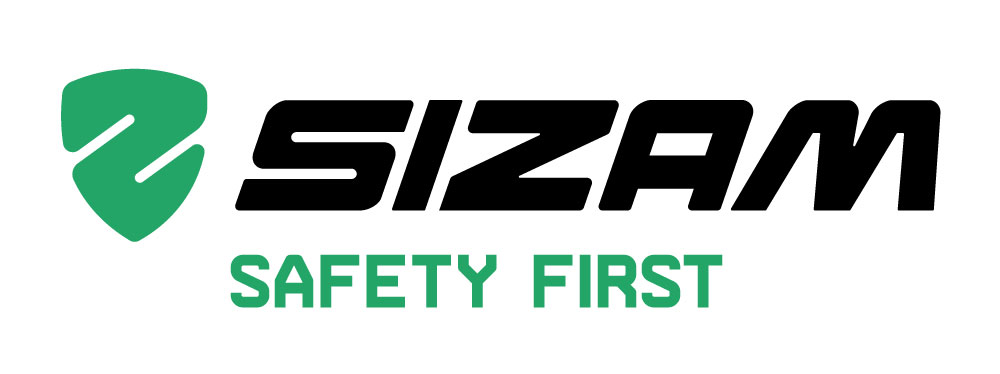
Technical characteristics of gloves are determined by European standards. They are indicated by icons to which numbers are added to clarify the level of protection.
EN 420 – General requirements for protective gloves

This icon means that you need to read the instructions tab
EN 420 defines general requirements for most protective gloves:
ergonomics, material (neutral pH balance, amount of hexavalent chromium and absence of allergenic impurities), harmlessness and comfort (size), practicality, penetration and absorption of moisture;
· if antistatic characteristics are required, the glove is tested according to EN 1149 – 1, -2, 3. Pictograms should not be used, but additional information about laboratory tests should be added; · protection level numbering: 1 – minimal, 2 – good, 3 – very good,
4 or more - excellent, 0 - does not provide protection, X - the glove was not tested; information on usage and protection levels is provided below.
Choosing the size of gloves according to the length of the hand and its area
| Glove size | 6 | 7 | 8 | 9 | 10 | 11 |
| Minimum length (mm) | 220 | 230 | 240 | 250 | 260 | 270 |
| Hand girth (mm.) | 152 | 178 | 203 | 229 | 254 | 279 |
| Arm length (mm) | 160 | 171 | 182 | 192 | 204 | 215 |
EN 388 – Protection against mechanical damage
| Characteristics | 1 | 2 | 3 | 4 | 5 | |
| abcd |
a. Wear resistance (cycles) | 100 | 500 | 2000 | 8000 | No |
| b.Resistance to cuts (index) |
1,2 | 2,5 | 5 | 10 | 20 | |
| c. Resistance to break (newton) |
10 | 25 | 50 | 75 | No | |
| d. Resistance to piercing (Newton) |
20 | 60 | 100 | 150 | No | |
EN 374 – Protection against chemicals and microorganisms

This icon means the following properties: protection against microorganisms

This icon is used for chemical gloves that withstand more than 30 minutes 3 chemicals from the list below (eg EJL)
| Glove size | 0 | 1 | 2 | 3 | 4 | 5 | 6 |
| minutes | ≤ 10 | > 10 | > 30 | > 60 | > 120 | > 240 | > 480 |
| A | Methanol | G | Diethylamine |
| B | Acetone | H | Tetrahydrofuran |
| C | Acetonitrile | I | Ethyl acetate |
| D | Dichloromethane | J | n – Heptane |
| E | Carbon disulfide | K | Caustic soda solution 40% |
| F | Toluene | L | Sulfuric acid solution 96% |

This icon shows that the gloves have passed the test, but only provide protection against chemicals for a short period of up to 30 minutes.
EN 407 – Protection against thermal effects
| Characteristics | 1 | 2 | 3 | 4 |
| abcdef | a. Contact with an open flame: | |||
| duration of burning | ≤ 20 s | ≤ 10 s | ≤ 3 with | ≤ 2 s |
| duration of smoldering | No | ≤ 120 s | ≤ 25 s | ≤ 5 s |
| b. Contact with a hot surface: t° | 100°C | 250°C | 350°C | 500°C |
| threshold time | ≥ 15 c | ≥ 15 c | ≥ 15 c | ≥ 15 c |
| c. Convection heat (transmission delay) |
≥ 4 c | ≥ 7 c | ≥ 10 c | ≥ 18 c |
| d. Heat flow (transmission delay) |
≥ 7 c | ≥ 10 c | ≥ 50 c | ≥ 95 c |
| e. Small drops of hot of metal (number of drops) |
≥ 10 c | ≥ 15 c | ≥ 25 c | ≥ 35 c |
| f. Big drops of hot of metal (mass) |
30 g | 60 g | 120 g | 200 g |












